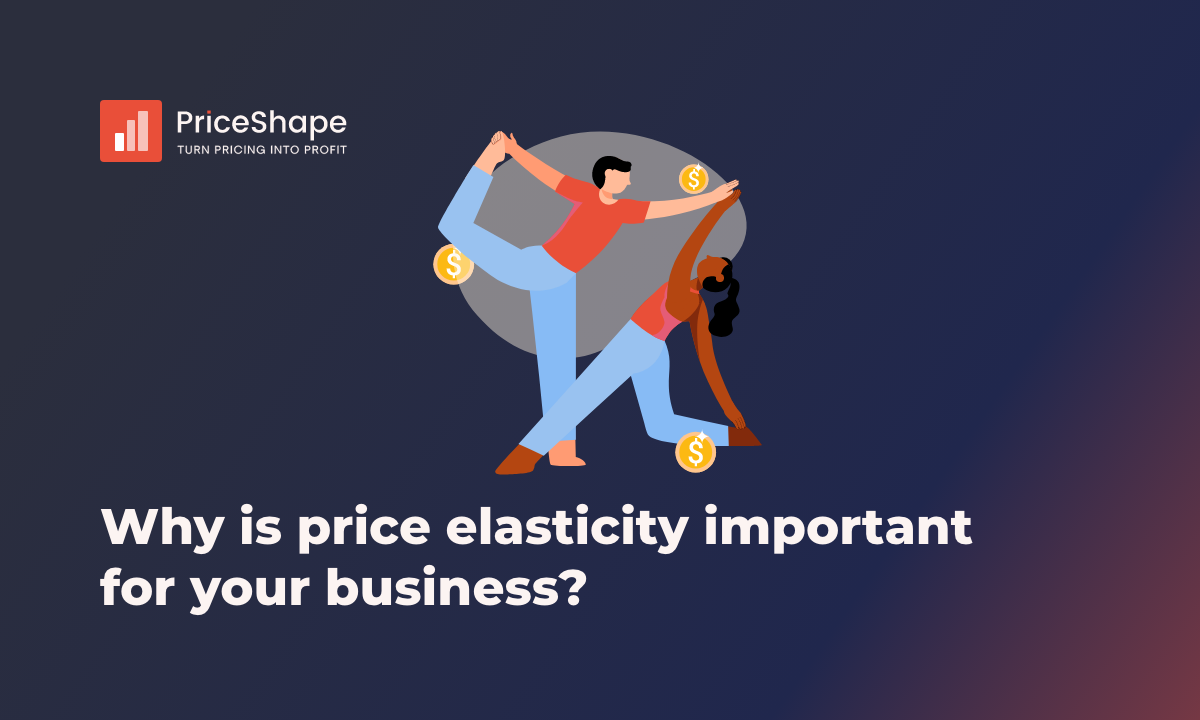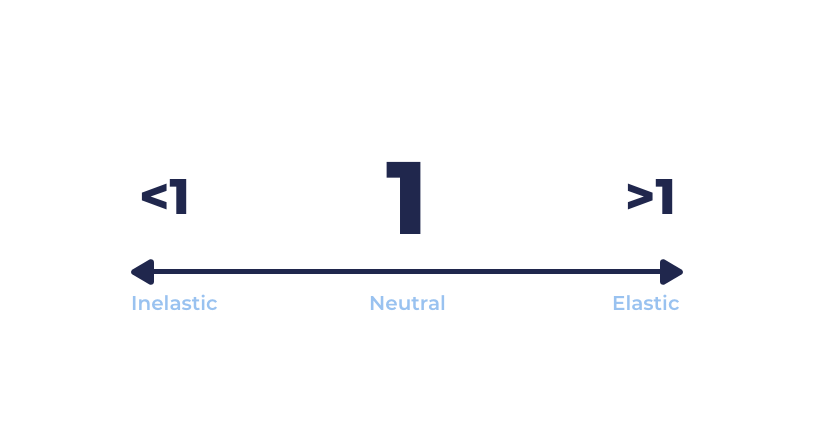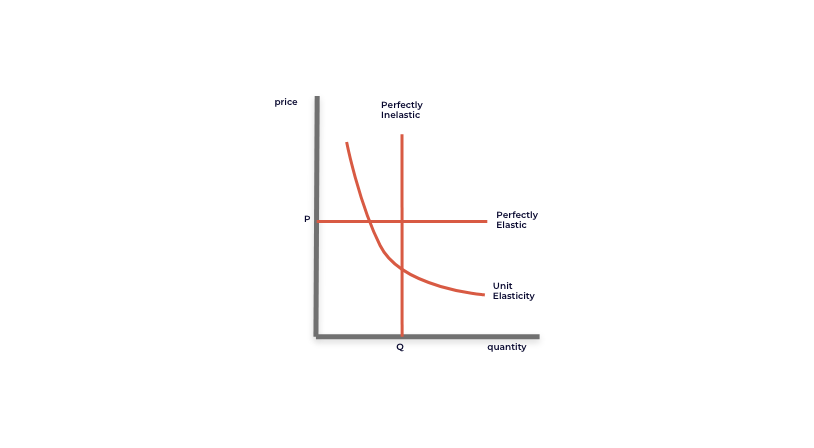Why is price elasticity important for your business?
Learn how price elasticity impacts demand and optimize your pricing strategy with insights for better business decisions and a competitive advantage.

Finding the right price for your products can be challenging, as many factors come into play in determining whether a price change is a good or bad idea. One thing you can do to determine if the demand for your product is affected by any price changes is to calculate price elasticity.
Price elasticity is a calculation that helps you find the perfect price for your product. Once you have calculated the price elasticity, you can largely see how a change in price affects the demand for your product.
Therefore, you can use price elasticity to find the optimal price for your product or service. When calculating and using price elasticity to find the right price, you use a pricing strategy called demand-based pricing, where supply and demand determine the price.
What does the calculated price elasticity tell you?
It tells you whether your product is price-sensitive or not. This is assessed based on the relationship between price and demand. When calculated, your product can fall into one of three different categories. Your product can be elastic, neutral, or inelastic:
- Elastic: If the demand for your product is elastic, the calculation will result in a number greater than 1.
- Neutral: If the demand for your product is neutral, the calculations will yield a number exactly equal to 1.
- Inelastic: If the demand for your product is inelastic, the calculations will result in a number less than 1.

What does it mean?
So, what does it mean if your product is elastic or inelastic? If the calculations of your price elasticity for a product are greater than 1, the demand is elastic. This indicates that your product is price-sensitive. A price-sensitive product means the demand is highly responsive to minor price changes, which can significantly impact the quantity demanded. The higher the number, the more price-sensitive the product is; therefore, one should be extra cautious when making price changes.
High price elasticity is often because a product or service can easily be replaced by other products or eliminated. This makes consumers less loyal to the specific item, which is also reflected in the higher price elasticity.
On the other hand, if the calculations of the product's price elasticity show a number less than 1, the demand is inelastic. This means that the product is less price-sensitive, so if you change the price of your product, it will not have a significant impact on demand. These products are often difficult to replace or cannot be replaced by consumers. Products like eggs, gasoline, and medicine often fall into this category.
Understanding whether your product is elastic or inelastic can significantly influence your pricing strategies and overall profitability. But how can you measure price elasticity accurately and use those insights to maximize your profit? To dive deeper into these calculations and discover actionable strategies, check out this insightful article: 3 rules to measure price elasticity and boost profit margins.
What should you pay attention to?
As always, there are several things to consider when looking at price strategies, and the same applies when calculating price elasticity. Here are some essential things to keep in mind:
First and foremost, it's important to choose the correct data. The data to calculate your price elasticity should be reliable and accurate to obtain a meaningful result. This includes collecting prices and quantities for your product over the appropriate period.
When calculating price elasticity, you should also know whether you're calculating it for price increases or decreases, as these results can differ. Lastly, it's important to remember that price elasticity is a simplified model that doesn't account for the impact of demand, income levels, preferences, advertising, competition, and other factors that can also influence demand.
Why is price elasticity important in your pricing?
Price elasticity can be a valuable factor to consider when determining the price of your products. Among other things, it can help determine your pricing strategy. Depending on the elasticity, you can choose between different pricing strategies. If the demand is elastic, it may be appropriate to use a pricing strategy with lower prices to attract more customers and increase market share. If the demand is inelastic, a higher-priced pricing strategy may be more suitable to maximize revenue.
Once you have calculated your price elasticity, conducting price experiments on your products is also a good idea to assess demand. By changing the price and monitoring changes in the quantity demanded, you can evaluate whether the elasticity level aligns with your expectations. This can help you fine-tune your pricing strategy. It's also important to remember that price elasticity is not the sole factor influencing pricing decisions. It's crucial to consider other factors, such as competition level, costs, brand value, and product differentiation.
Finally, it's important to note that price elasticity is not a static value and can change over time. Therefore, monitoring the market and demand patterns is essential to adjust your pricing strategy accordingly.
We can help you monitor the market, your competitors, and the demand patterns so you can adjust your pricing strategy accordingly and get the best price. You can read what more PriceShape can help you with.


